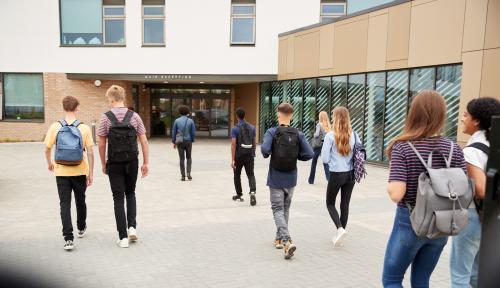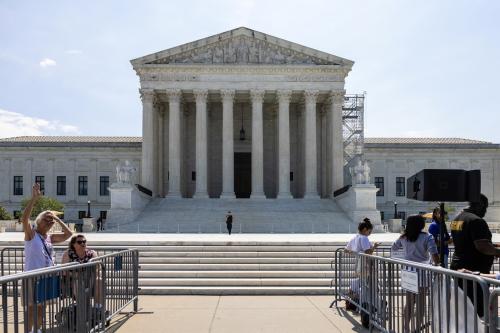Completing a college degree is the most reliable path to upward mobility in the United States; college graduates have higher earnings, better health, more stable marriages, and are less likely to be unemployed. The share of young adults with a bachelor’s degree or higher doubled over the last fifty years, from 19% to 40%. Despite the improvements in college-going overall, bachelor’s degree attainment still varies substantially by socioeconomic status, gender, race and ethnicity.
In this report, we estimate college enrollment gaps by gender, race, and socioeconomic status and gaps among students with similar academic preparation—measured by student test scores, high school grades, and course-taking. We use the restricted-use High School Longitudinal Survey (HSLS 2009), a nationally representative sample of 2009-10 ninth graders. We also estimate the extent to which racial disparities in socioeconomic status account for racial disparities in college enrollment.
We find that college enrollment gaps by socioeconomic status, gender, and race are significant, and that gaps are much smaller and sometimes reversed among students with similar academic preparation. Our results suggest that policymakers and researchers interested in addressing college enrollment disparities should pay careful attention to disparities in academic preparation during elementary and secondary education.
The Brookings Institution is financed through the support of a diverse array of foundations, corporations, governments, individuals, as well as an endowment. A list of donors can be found in our annual reports published online here. The findings, interpretations, and conclusions in this report are solely those of its author(s) and are not influenced by any donation.







